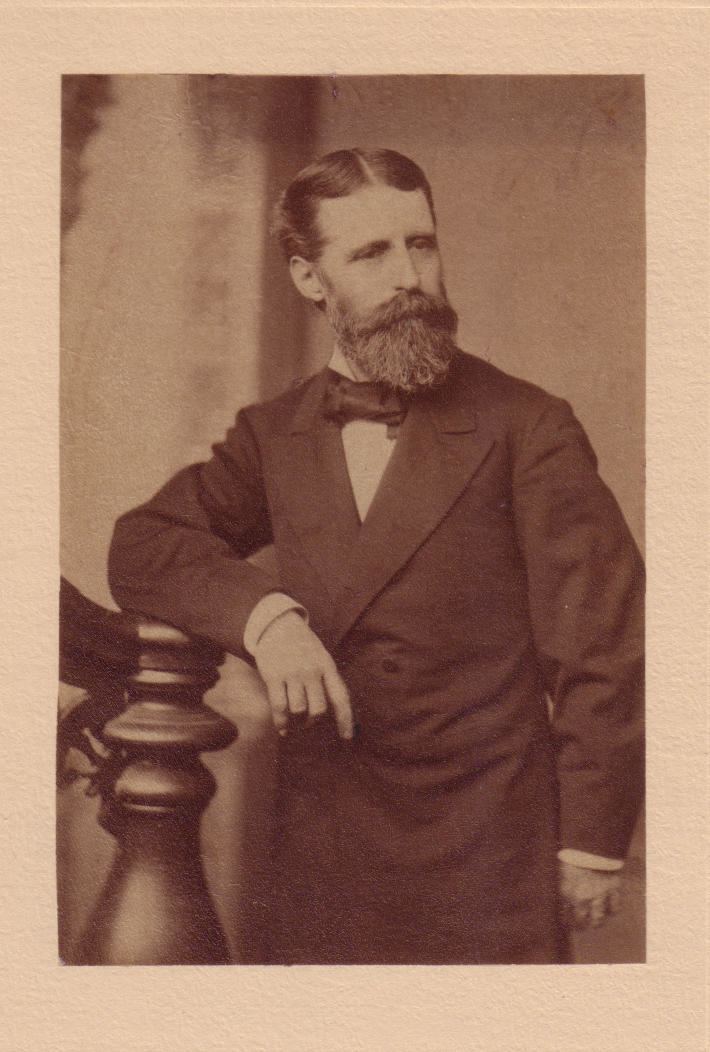Name Alexander Esty Role Architect | Died 1881 | |
 | ||
Alexander Rice Esty (also known as Alexander Rice Estey) (18 October 1826 – 2 July 1881) was an American architect known for designing many Gothic Revival churches in New England, however his work also encompassed university buildings, public buildings, office buildings, and private residences across the Northeastern United States.
Contents
Esty was born in Framingham, Massachusetts, the youngest child of Dexter Esty (1791-1860), a local builder, and Mary Eames (Rice) Esty (1787-1849). Esty remained a resident of Framingham for his entire life and was the brother of Massachusetts Congressman Constantine C. Esty. Esty married (1) in 1854, Julia Maria Wight (1835-1862) daughter of Julia Maria Terry and Lothrop Wight (a wealthy Boston merchant), (2) in 1865, Charlotte Louise Blake (1840-1866), and (3) in 1867, Emma Corning Newell (1845-1886) daughter of Olive Plimpton and George Newell (a sea captain). Esty was a descendant of Edmund Rice an early immigrant to Massachusetts Bay Colony, and a direct descendant of Mary Towne Esty who was executed during the Salem Witch Trials.
Esty attended Framingham Academy as a boy. He then trained in architecture with Boston architect Richard Bond (architect). In 1847, he worked for G.J.F. Bryant before opening his own Boston office the following year. Many of Esty's churches were variations of a popular nineteenth-century style similar to Richard Upjohn's. In addition to his church designs, Esty also proposed a design for the Library of Congress building in Washington, D.C. From 1876 until his death, he was employed by the United States Treasury as Superintendent of Construction to the first United States Post Office building in Boston's Post Office Square.
Awards
Esty received an honorary Master of Arts degree in 1866 from the University of Rochester.
